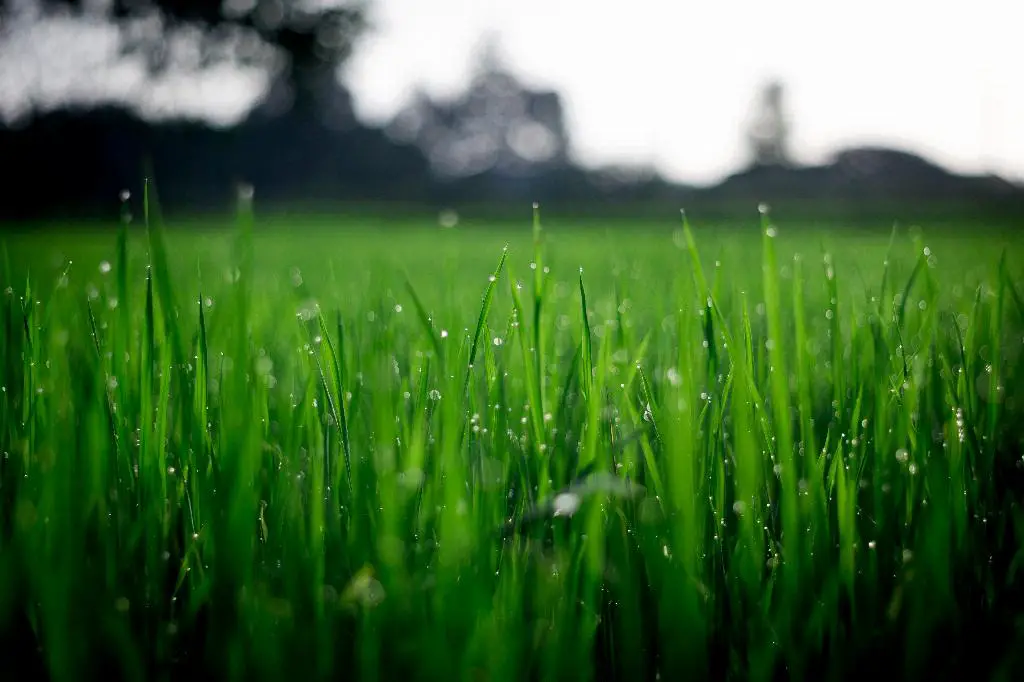When it comes to maintaining a lush and healthy lawn, regular fertilization plays a crucial role in supporting the overall well-being of your grass. By providing essential nutrients to the soil, fertilizers help grass develop strong roots, resist diseases, withstand environmental stresses, and maintain a vibrant green color.
Frequency of Fertilization
One of the key questions that homeowners often ask is: How often can I fertilize my lawn? The general rule of thumb is that fertilizing your lawn four times a year can yield optimal results in terms of lawn health and appearance. While fertilizing once a year can provide some benefits, more frequent applications can significantly boost the overall vitality of your grass.
Seasonal Considerations
It’s essential to adjust your fertilization schedule based on the specific needs of your lawn during different seasons. For example, in the spring, a high-nitrogen fertilizer can help kickstart growth and green up your grass after the winter dormancy. In the summer, a balanced fertilizer can sustain your lawn through heat stress, while a fall application can prepare it for winter dormancy.
Choosing the Right Fertilizer
When deciding how often to fertilize your lawn, it’s crucial to select the appropriate fertilizer products that align with your grass type, soil conditions, and climate. Slow-release fertilizers are often recommended for their long-lasting effects and consistent nutrient delivery, promoting gradual lawn growth without risking burn or excessive runoff.
Monitoring Nutrient Levels
Regularly testing your soil’s nutrient levels can provide valuable insights into the specific deficiencies that may exist and guide your fertilization practices accordingly. Conducting a soil test can help you determine the pH balance, nutrient composition, and organic matter content, enabling you to tailor your fertilization routine for optimal results.
Consider Environmental Impact
While the benefits of regular fertilization are undeniable, it’s essential to be mindful of the potential environmental impact of excessive fertilizer use. Overfertilizing can lead to nutrient runoff into water sources, soil contamination, and harm to beneficial organisms. By following recommended application rates and methods, you can promote a healthy lawn while minimizing environmental risks.
Customizing Your Fertilization Plan
Every lawn is unique, and the ideal fertilization schedule may vary based on factors such as grass species, climate, soil quality, and maintenance practices. By observing how your lawn responds to fertilization, you can fine-tune your approach and adjust the frequency and timing of applications to best suit its needs.
Addressing Specific Lawn Issues
If you notice signs of nutrient deficiency, such as yellowing grass, thinning patches, or slow growth, it may be necessary to increase the frequency of fertilization to address these issues. Working with a lawn care professional or horticulturist can provide expert guidance on diagnosing problems and implementing corrective strategies.
Maximizing Nutrient Absorption
To ensure that your grass effectively absorbs the nutrients from the fertilizer, it’s essential to follow proper watering practices before and after application. Watering your lawn deeply a day or two before fertilizing can help prepare the soil for nutrient uptake, while post-fertilization watering can facilitate the dissolution of granules and enhance nutrient absorption.
Monitoring Growth and Color
By closely monitoring the growth patterns, color vibrancy, and overall health of your lawn throughout the year, you can gain valuable insights into the effectiveness of your fertilization regimen. A healthy, well-fertilized lawn will exhibit consistent growth, rich green color, dense coverage, and enhanced resilience to external stressors.
Seeking Professional Advice
If you’re uncertain about how often to fertilize your lawn or encounter challenges in achieving desired results, consulting with a lawn care specialist or agronomist can provide valuable guidance. These experts can assess your specific lawn conditions, recommend tailored fertilization strategies, and address any concerns you may have about lawn health and maintenance.
Conclusion
In conclusion, the frequency of lawn fertilization directly impacts the overall health and appearance of your grass, with regular applications contributing to robust root development, disease resistance, color vibrancy, and stress tolerance. By understanding the seasonal needs of your lawn, selecting the right fertilizers, monitoring nutrient levels, and customizing your fertilization plan, you can cultivate a vibrant and resilient lawn that enhances the beauty of your outdoor space.

